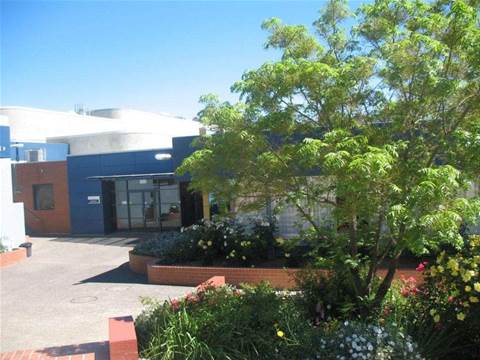As anyone working in higher school education knows, the most concerned stakeholders are usually the parents.
So when Geoff Smith, network manager at Canberra's St Francis Xavier College, went looking for a Wi-Fi solution funded by Federal funding, it was their faces he pictured as he traversed the bewildering array of options.
"I have to stand up at parent meetings and say, ‘This is what I did with your money and this is what you got for it'.
"We had to guarantee what we did was going to be viable."
Although wireless carries nowhere near the stigma that it did just a few years ago, the words "Wi-Fi" are not necessarily synonymous with enterprise levels of performance, security and management. Yet with just under 1200 students, 95 full-time teachers and about 30 support staff, Smith wasn't shelling out for anything less.
"Our network would be bigger than a lot of medium sized government departments," he says.
Top of the list was that it had to be easy and enjoyable to use.
While the typical student is tech-savvy, the same could not be said for teachers, with some of the best guilty of very low levels of computer literacy.
The new network also had to be secure. With children and teachers coming to and from school, home and other locations such as public hot spots or council libraries, there was the very real risk of infection from bugs and/or viruses.
Finally, as the students were already accustomed to very fast speeds in their existing desktop environment, any new solution had to be at least on par, preferably faster. And not only that, it had to be able to deliver those speeds to large and moving clusters of students.
After assessing proposals from a number of different vendors, Smith started to wonder whether his chequebook would even need to come out.
First up, he ran a pilot with network specialists Colubris, recently bought by HP. "We found out with four laptops in the classroom it was fine," Smith recalls. "However, with five it got a bit scratchy, while with six it just didn't work at all."
The solution offered by Cisco was much better but "damn expensive", according to Smith.
It essentially required three access points per class, making that a total of 178 for the school. At $240 Xavier a cable run, this was already way too expensive for Smith.
"Even if Cisco gave us the gear for free they still lost out on cabling and infrastructure costs," he says.
In addition, Cisco's PoE (power over Ethernet) switches were more expensive than most of the other vendors, with the whole solution likely to cost anywhere between $250,000 and $275,000. Smith could just imagine the disapproving faces of parents as he tried to explain a bill of that size.
After peering in a few more shop windows and kicking some more tyres, Smith was almost resigned to heading back to school empty handed. But there was one more avenue to explore.
Canberra-based reseller Red 29 approached Smith to discuss a new vendor they had only recently taken on, but that might provide the solution he was looking for.
California company Xirrus has for the past few years been making a name for itself in the rapidly growing Wi-Fi market with its ‘array' system of wireless access points.
The company has incorporated a range of patented RF (radio frequency) innovations to design a kind of Wi-Fi access point which operates in much the same way as a mobile phone tower, delivering more coverage, bandwidth, throughput, and user density a device and per system.
It does this by offering between two and 16 actual access points on the one device.





.png&h=142&w=230&c=1&s=1)






.jpg&w=100&c=1&s=0)
_(8).jpg&w=100&c=1&s=0)









